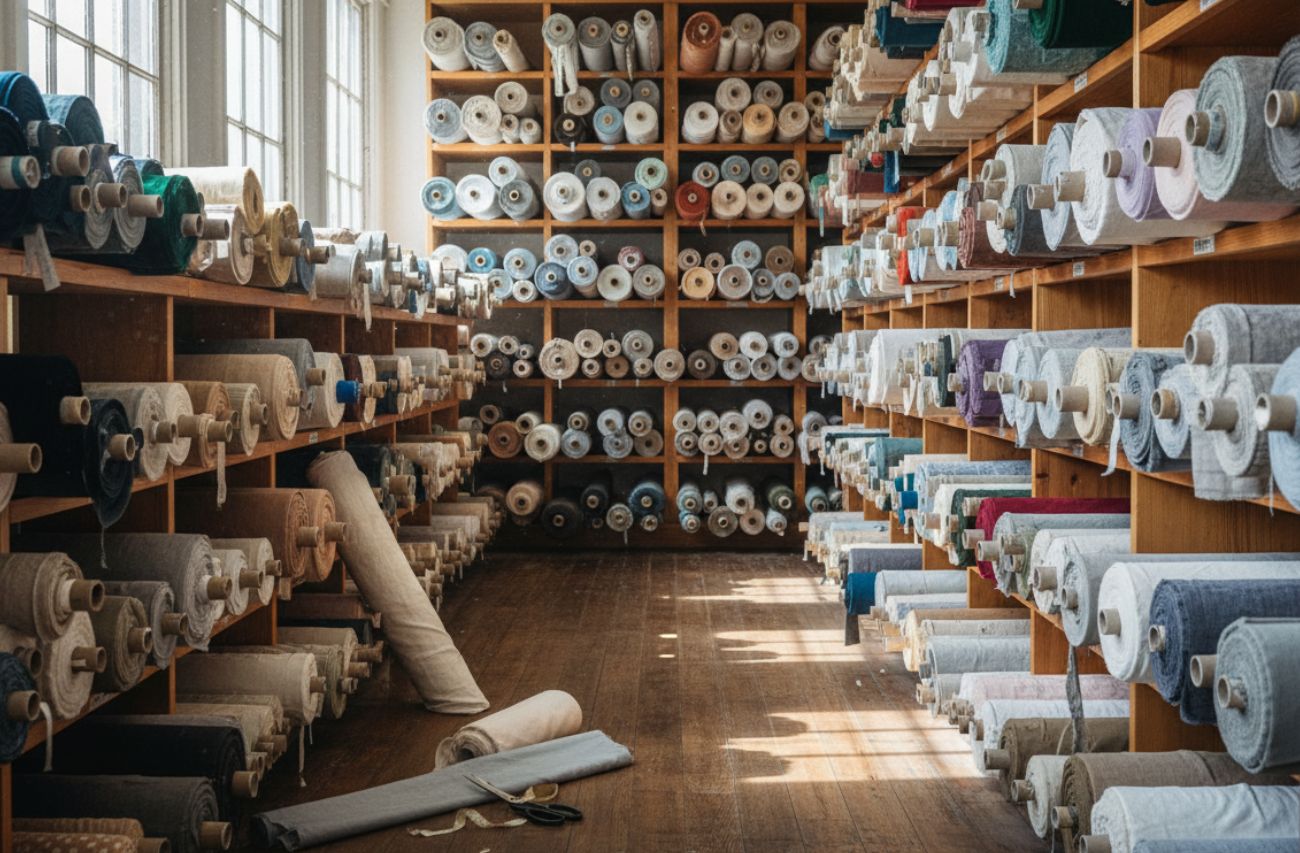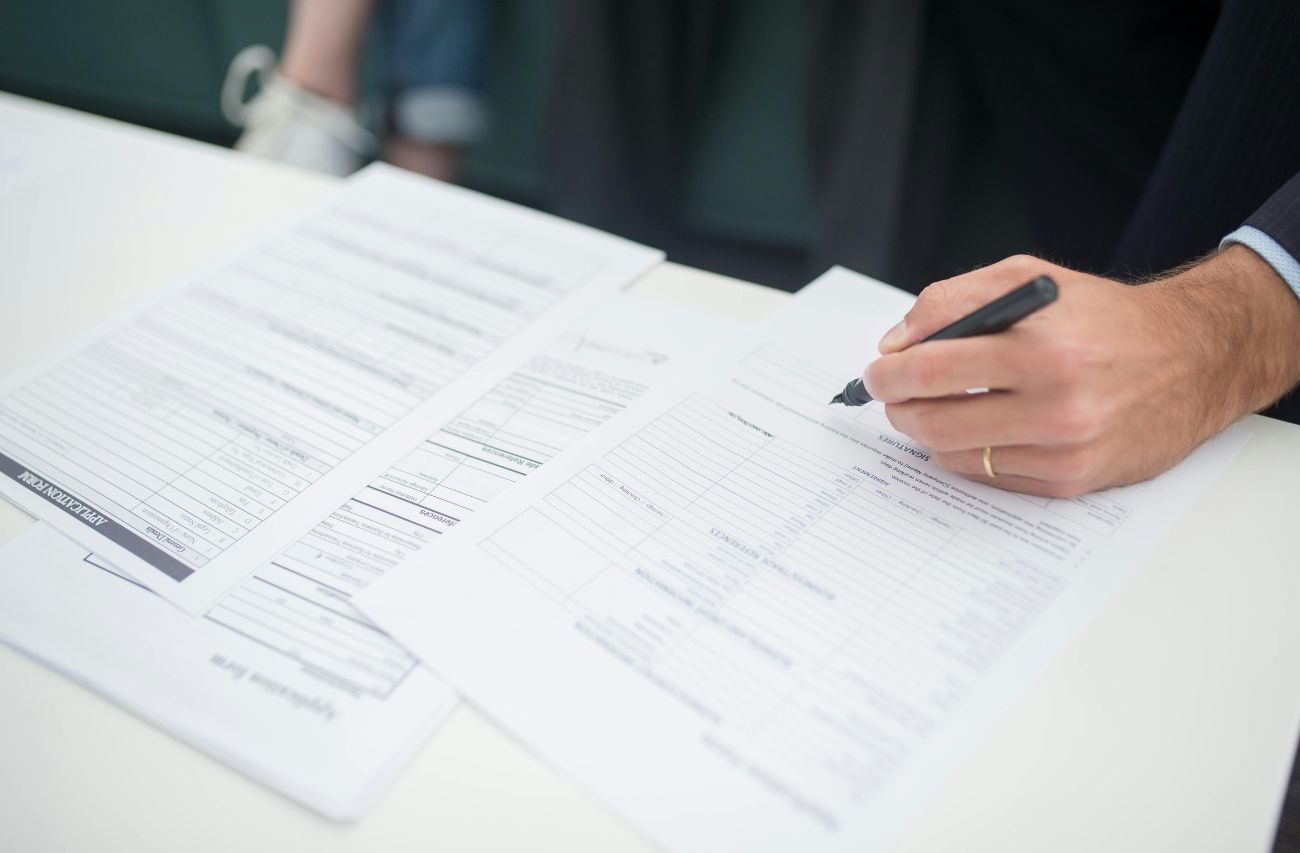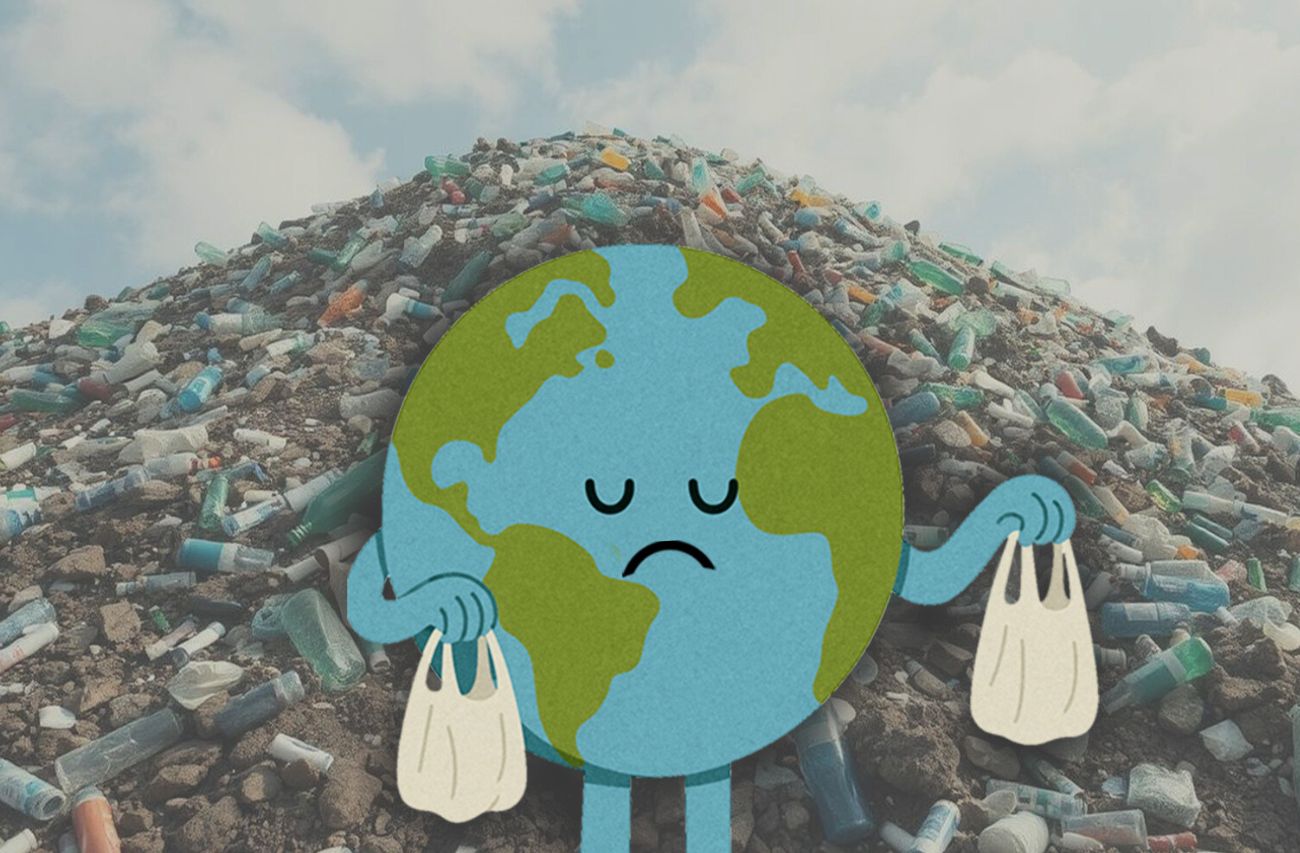
ourcing textiles from India can be one of the most rewarding moves for global retailers — but only if done right. With centuries of craft heritage, a robust manufacturing base, and an unmatched range of materials, India offers both artistry and scale. Yet navigating this vast, fragmented landscape can be challenging without local insight and structured processes.
India is becoming a crucial center for the production of sustainable, traceable, and reasonably priced textiles as global supply chains change and retailers look to diversify beyond procurement from a single nation. The secret to realizing India’s full potential is knowing how to find trustworthy suppliers, evaluate compliance, and expedite the procurement process.
Why India is a Textile Powerhouse
India’s textile sector continues to anchor global supply chains with its scale, versatility, and heritage. As one of the world’s largest producers and exporters, India combines centuries-old craftsmanship with modern manufacturing infrastructure — a dual strength few countries can match.
In FY 2023, India’s textile and apparel exports reached USD 44.4 billion, with home textiles emerging as a leading segment across the US, EU, UK, and Middle Eastern markets. Cotton remains the industry’s cornerstone: India is the world’s largest cotton producer, contributing approximately 23% of global output, and consistently ranks among the top three exporters.
Meanwhile, global sourcing dynamics are undergoing a fundamental shift. According to McKinsey’s State of Fashion 2025 report, 65% of Western retailers plan to diversify away from single-country sourcing by 2026, driven by tariff concerns, cost pressures, and the need for supply chain resilience. In this context, India offers a strategic advantage — blending artisanal depth (handlooms, embroidery, block prints) with industrial-scale production (woven fabrics, knits, and printed yardage).
But knowing India’s strengths is just the first step. The real challenge lies in navigating its vast, decentralized ecosystem of suppliers and production hubs. Here’s how international retailers typically begin their sourcing journey.
Step 1: Exploring Traditional Sourcing Channels
For international retailers seeking to source textiles from India, several established channels offer reliable starting points. Each has unique benefits, but there are also operational constraints that need to be recognized early on in the sourcing process.
- Trade Shows & Export Promotion Events
Leading platforms such as IHGF Delhi Fair, India Textile Sourcing Fair, and Heimtextil Frankfurt serve as gateways to India’s textile landscape. Exhibitors range from export houses and composite mills to artisan cooperatives and design studios.
– Pros: Direct access to exporters and mills, hands-on product evaluation, and relationship building.
– Cons: High travel and participation costs, varying supplier capabilities, and limited visibility into ongoing compliance.
- Online Directories & Marketplaces
Platforms like IndiaMART, TradeIndia, and various government directories enable initial supplier discovery across regions — from polyester weavers in Surat to home textile exporters in Panipat and block printers in Jaipur.
– Pros: Efficient searchability, wide reach, and quick communication.
– Cons: Inconsistent vendor responsiveness, limited quality assurance, and occasional under-verified listings.
- Buying Offices and Sourcing Agents
Many global retailers rely on local buying offices or independent agents to manage vendor identification, sampling, production monitoring, and logistics.
– Pros: On-ground visibility, cultural alignment, and localized decision-making.
– Cons: Significant setup costs, reliance on local networks, and limited scalability across diverse textile clusters.
Step 2: Vetting and Compliance for Textile Suppliers
India’s textile supply base is vast and fragmented, encompassing handloom cooperatives, small and medium enterprises, and large integrated mills. Structured vetting is essential to mitigate risk and ensure long-term reliability.
Key due diligence measures include:
- Certifications: Verify relevant standards such as OEKO-TEX, GOTS, SEDEX, BSCI, ISO, or Fair Trade, aligned with market entry requirements.
- Material traceability: Ensure cotton traceability and organic certification, increasingly mandated under EU and US ESG frameworks.
- Sampling and quality checks: Evaluate GSM, weave density, colorfastness, shrinkage, and finish uniformity before scaling orders.
- Lead time mapping: Account for production variability — hand-embroidery and block printing require longer cycles than powerloom or composite mill operations.
- Regulatory compliance: Validate compliance with destination-market regulations, including flammability, REACH chemical-safety, and fiber-content standards.
As highlighted in BCG’s Global Supply Chain Risk Report 2023, nearly 37% of sourcing disruptions in textiles stem from insufficient quality and compliance vetting — underscoring the need for disciplined supplier assessment at the cluster level.
Challenges in Traditional Textile Sourcing
Despite the availability of multiple sourcing channels, international buyers frequently encounter structural challenges when consolidating textile production from India.
Regional silos still exist in supplier networks; for instance, knitwear from Tirupur, block prints from Jaipur, and home textiles from Panipat frequently function independently. There are significant differences in ESG visibility, certification alignment, and quality consistency. Furthermore, coordination across weavers, printers, dyers, and exporters increases operational overhead, often leading to delayed timelines or fragmented supply chain visibility.
For global retailers managing diverse product portfolios, these inefficiencies can translate into elevated costs, compliance risks, and unpredictable lead times.
Reimagining Textile Procurement: A managed approach with Qalara
Qalara offers a structured, technology-enabled alternative to traditional sourcing. As a managed B2B sourcing platform, Qalara connects international retailers to a curated network of vetted textile suppliers across India’s key clusters — from artisanal handlooms and embroidery units to advanced composite mills.
Through a blend of digital efficiency and local expertise, Qalara delivers a cohesive sourcing experience that minimizes friction while maximizing transparency and traceability.
What sets Qalara apart:
- Network of pre-vetted factories and clusters across key textile hubs
- Custom design and private label capabilities for prints, embroidery, and finishes
- Rigorous quality control and lab testing throughout production
- End-to-end compliance support, including GOTS, OEKO-TEX, and SEDEX certifications
- Consolidated shipments for seamless multi-supplier procurement
- Dedicated account managers for sampling, production, and logistics coordination
The future of global sourcing lies in partnerships that are transparent, sustainable, and scalable. With Qalara, sourcing textiles from India becomes not just efficient — but responsible and future-ready.
Connect with our team to explore how Qalara can strengthen your supply chain, ethically and efficiently.
Talk to our sourcing experts today






Leave a Reply